What is the value you give to a photograph?
With the PhoenixPhotoProject #1 you are free to choose!
Since its invention photography had been defined and valued in many different ways.
With the PhoenixPhotoProject #1, “Free to Choose”, you can decide by yourself what value you give to photography.
For Niepce, Talbot and Daguerre, the men we consider the inventors of the photographic process, photography was a chemical and mechanical way to reproduce reality. Nothing more than that and we know how, for long time, thanks to them and their definitions, it was so difficult to make photography accepted as art by the most.
If this is the value you give to photography you will find in the box a great mechanical tool to reproduce the reality.
The camera is a Pentax Spotmatic SP, one of the greatest mechanical cameras produced in the 1960s, very simple and without any automatism, only an internal exposure meter. The camera is completed by a SMC Takumar 55mm 1.8 – a great camera/lens combo!
I found the camera on E-Bay and I bought it attracted by the engraving on the pentaprism: SPAIN 51862335.
This camera has a story and for sure has reproduced many realities before. My guess is that the number comes from some Spanish state department owning it, but I was not able to confirm this or find any record, anyway the camera has a story in itself and someone could be able to track it.
I had personally opened, cleaned and fine tuned the camera, measuring the shutter speeds with a laser. So it is a great, precise and efficient tool to reproduce reality.
If the value of photography for you is just in the tool, you can trash everything else in the box and keep the camera and the lens!
When photography started to evolve one of the greatest value was considered the reproducibility. A photograph can be reproduced as many times as we want and will always be as the original, with digital there are not even the damages to the negative during the printing process.
We have plenty of examples of images that had a great value because were reproduced many times on different media. One of the last example is the picture used by Windows as desktop background, but we can find in our mind tons of examples of diffused pictures.
If the ability to reproduce the picture is your value of choice, in the box there are the negatives of the pictures I took with the Spotmatic. It is a roll of Ilford FP4 Plus, 36 pictures all printable an almost infinite number of times. The negatives are sealed in a paper container, so you can just break the seal and print them.
When photography started to be considered a form of art, collectors and galleries started to want limited editions. The most important value for a collector is the unicity or rarity of the item.
Photographers print limited editions to add value to the prints. If the limited availability is your value you will find a printed portfolio of 12 of the 36 images present on the negative. The portfolio, also sealed in a container, is printed in a single copy and every image is numbered and signed. There will never be other prints of the images.
If unicity is your value, you will have unicity. Let the negatives sealed, or even destroy them, and enjoy the unique prints!
But, for many people, photographs have a value in the story they tell. For example the value of a phone picture of the 9/11 has its value only in the story told also if artistically the picture can have no value.
If you value the story told, I thought also about you, there is a journal with all the story told by the portfolio images. It is all in that journal described with a lot of details.
Obviously also the journal is sealed, so if you think the value is in the story you can simply open the journal and leave the rest sealed, you will have what you value without even the need to look at the pictures.
Every printed image is identified by the number on the negative and I wrote the story behind the image and even more.
You are the one free to choose the value.
You can decide to open everything, leave all sealed or any possible combination, the choice will be yours based on what you think is the best philosophical or commercial value.
The greatest value will always be the ethic of the photographer. A story can be faked, extra copies can be made and unicity can be an illusion.
You will need to value my ethic and decide the value you give to it.
I made the prints digitally, the negatives were high resolution scanned on an Imacon 848 and printed with a Canon ImagePrograf Pro-1 on Hahnemühle Musem Etching paper.
This means all is made to fit the stricter museum standards, but it also means I have the digital files. The files are encrypted and saved on a memory stick stored in a very safe place. You have to decide to give a value to my ethic and moral code and trust I will not use the digital files to create other copies or diffuse the content of the box.
Photographers, gallerists, publishers and collectors had been discussing for years about the value of a photograph. Here is the opportunity to decide the value for yourself.
You are free to choose!
The only people who have seen the portfolio are myself and a friend of mine I particularly esteem as photographer and I wanted to enjoy my work. He really appreciated the portfolio and I love it too… so if the images will ever see the light again and will be appreciated by other people is now the choice of the buyer.
To loose the control of what I created is fun and someway uncomfortable and is exactly what I’m enjoying a lot about this project.
Technical note:
I decided to use film cameras because I liked the idea to give a new life to something destined to become scrap metal. The main idea of the PhoenixPhotoProject is to rescue old cameras and create unique art with them.
The images were taken on an ILFORD FP4, using the internal exposure meter of the camera (I calibrated it with my trusted Minolta Spotmer when I tuned the camera). I developed the film in Ilfotec HC and fixed with Ilford Hypam following the recommended times and temperatures from Ilford.
The scan with the Imacon 848 were taken at the max resolution creating 50×70 cm originals at 300 dpi. The files were not further elaborated in digital, I only regulated the dark and white point and retouched the few dust spots, exactly what I was used to do in the darkroom selecting the paper contrast and working on the print with a small brush.
I printed the images using a color profile I made with an i1 from X-Rite (actually mine is still branded Gretag MacBeth) spectrophotometer and printing in 16 bits in color mode.
The wood box is laser engraved, treated with bee wax and lined internally with foam and leather.
All the sealed packages are made with Canson 300g Watercolor paper and are acid free to guarantee the museum standards. All the packages cannot be opened without breaking the sealing or the package.
I designed the logo specifically for the project… but more on that in another post!
For more information, buy the PhoenixPhotoProject #1, or any question go to the contact page!


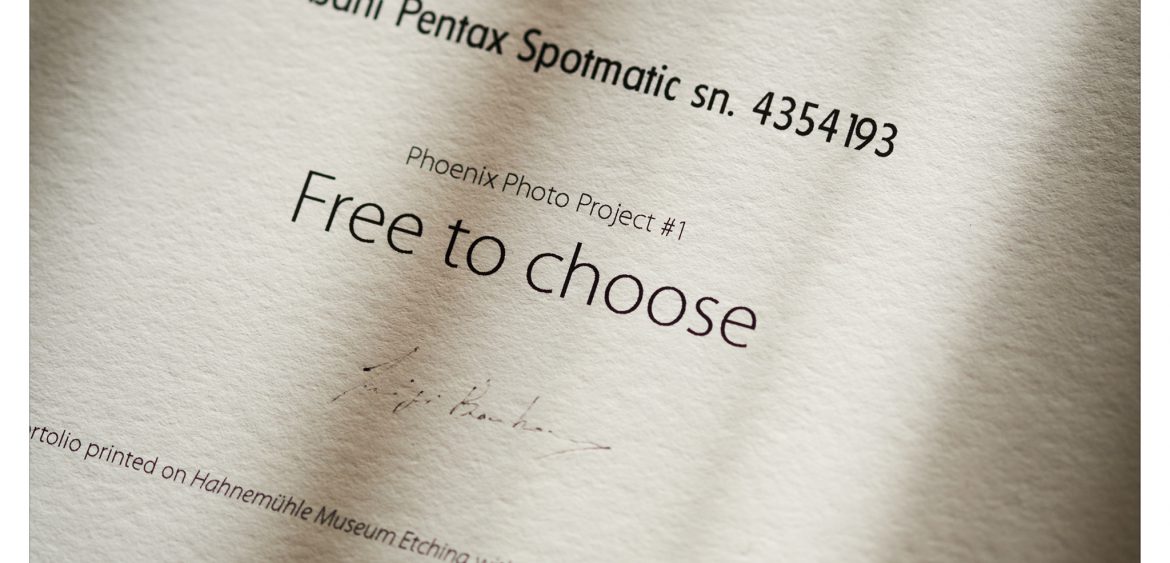
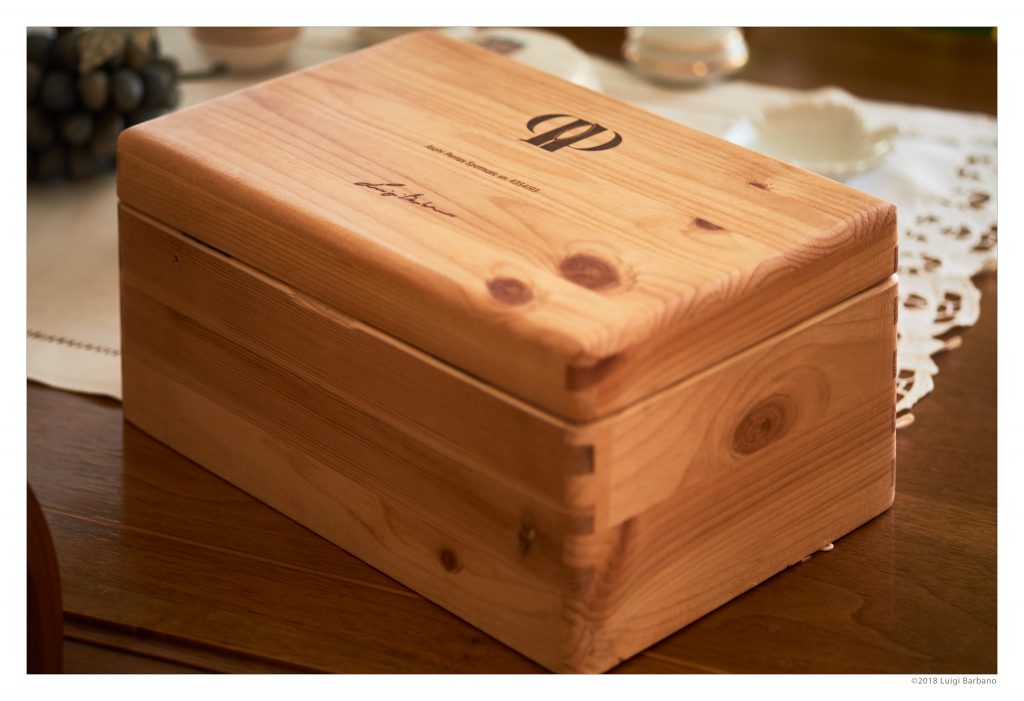

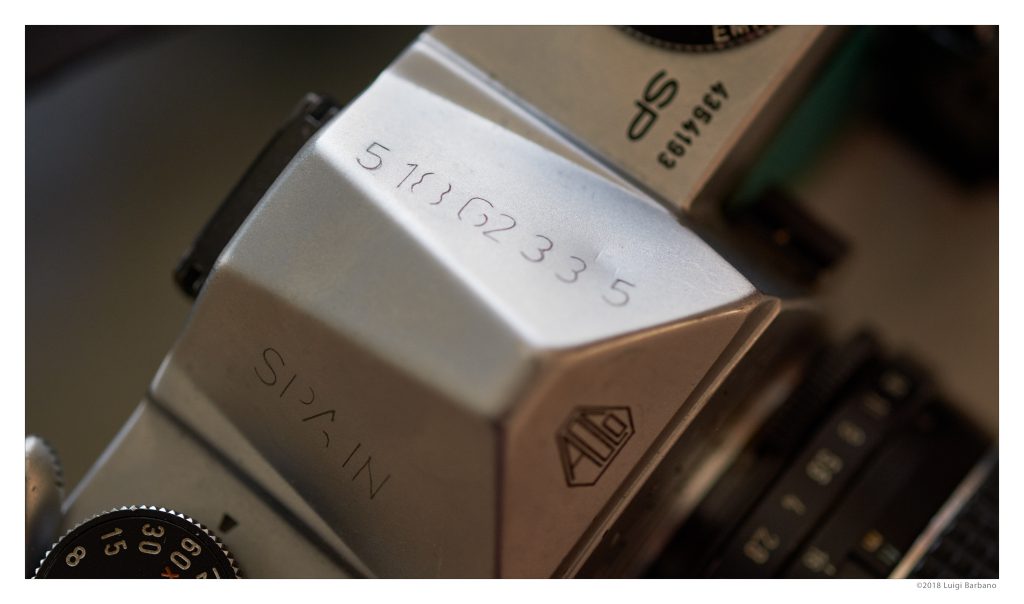
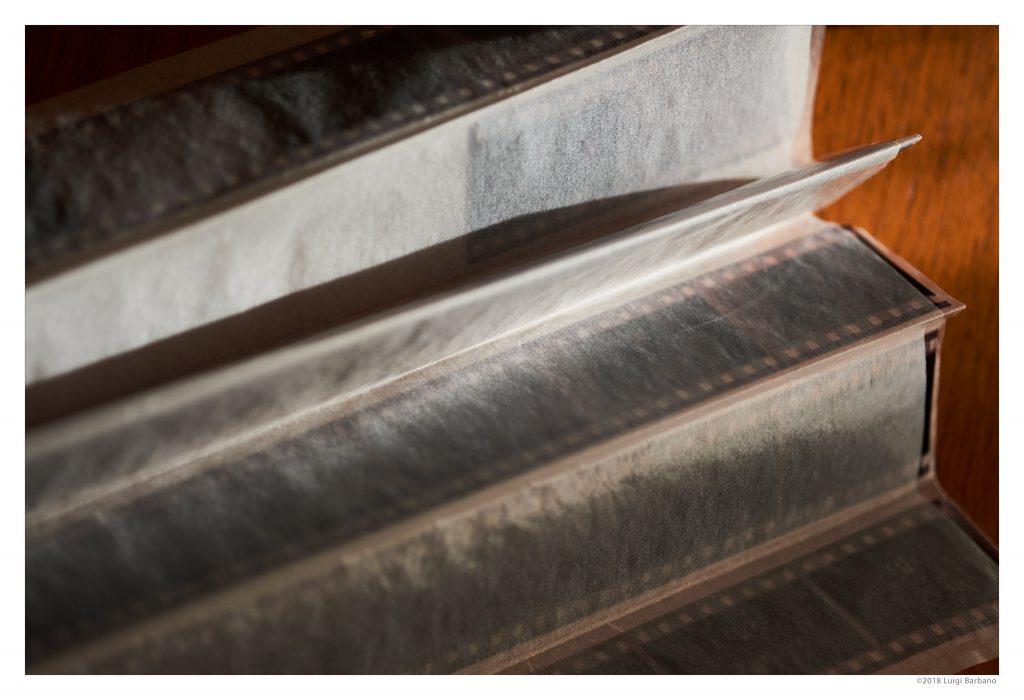
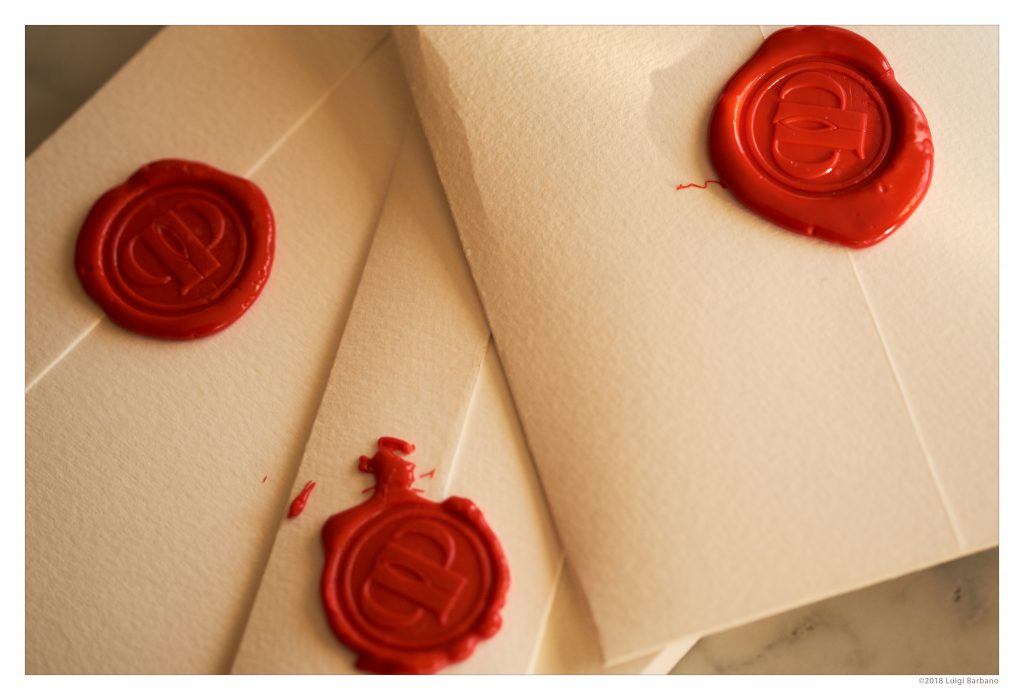

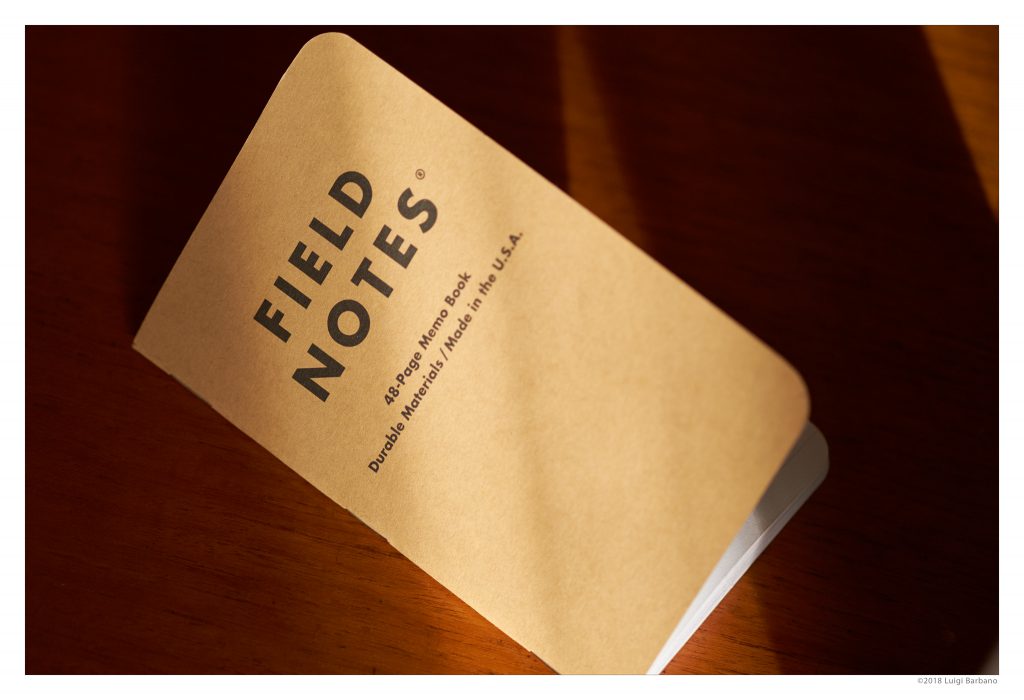
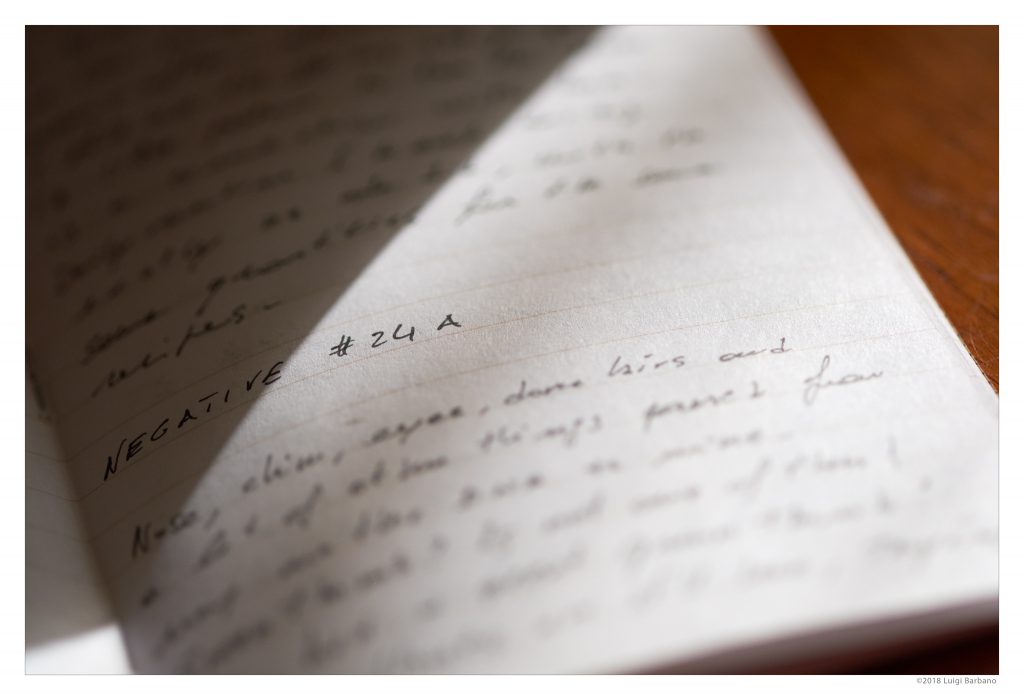
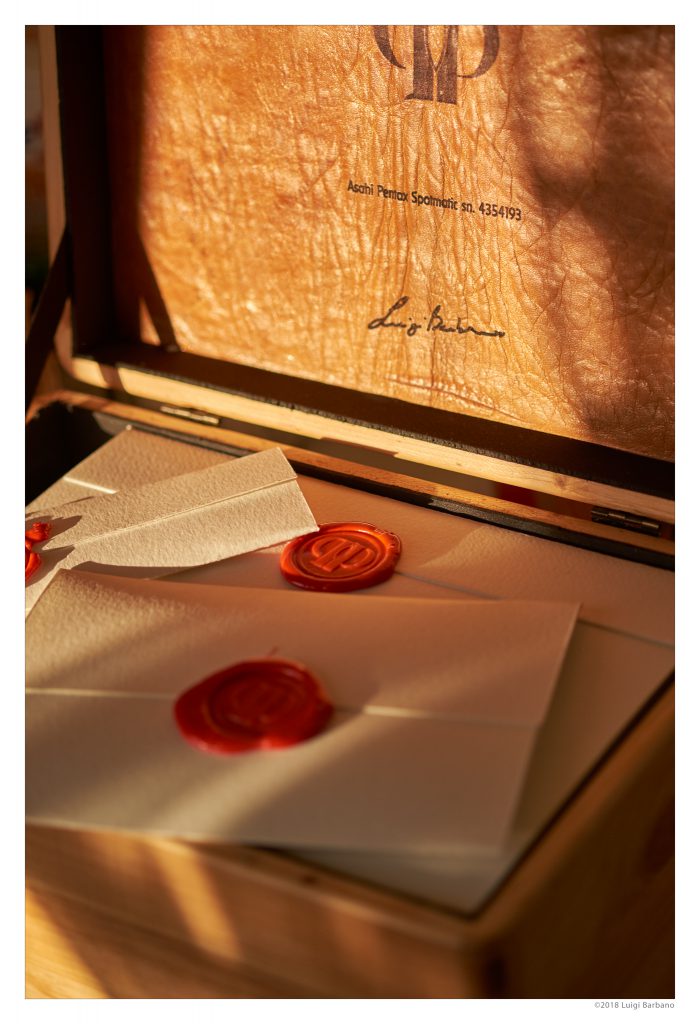
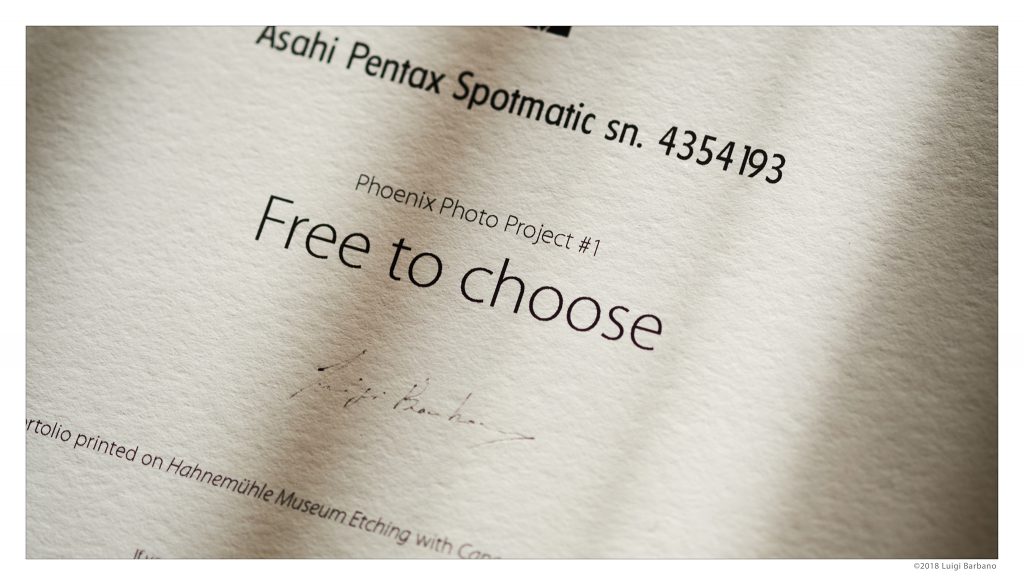
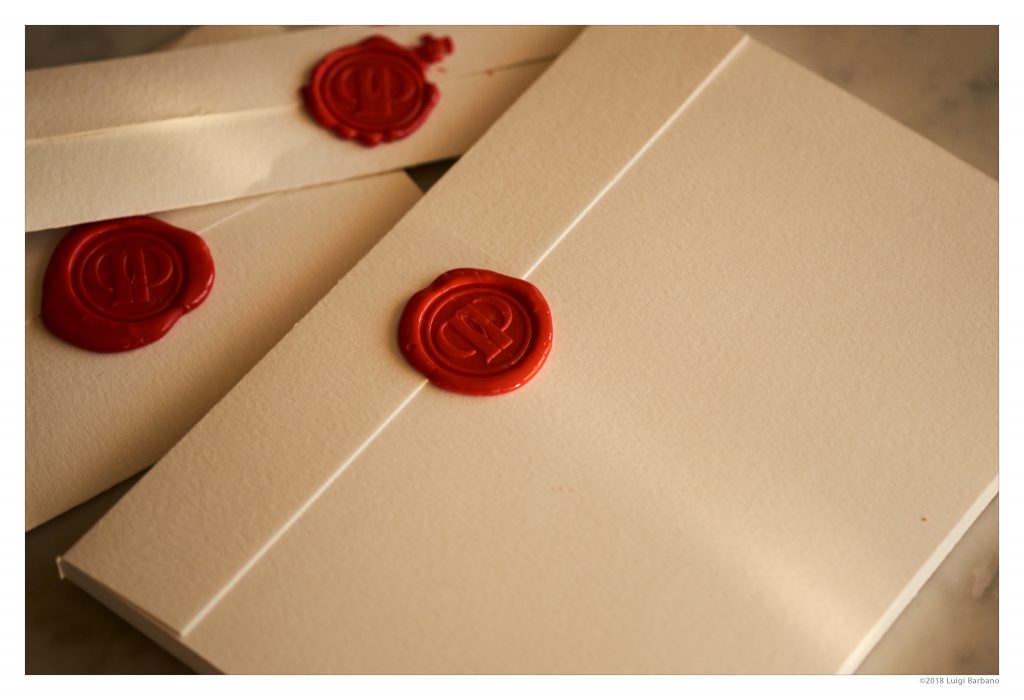
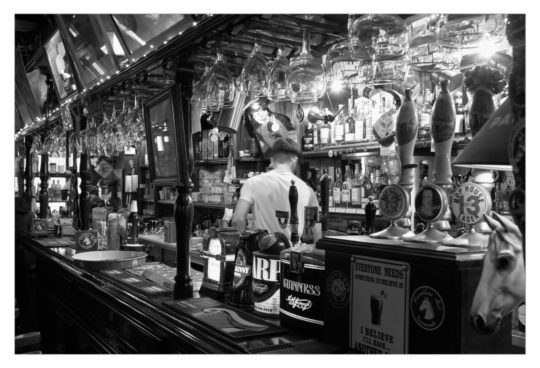
Mac McFarland
October 12, 2018
What a great project Luigi. I’m anxious to to see the blogs as they come out.
Luigi Barbano
October 12, 2018
Thanks!